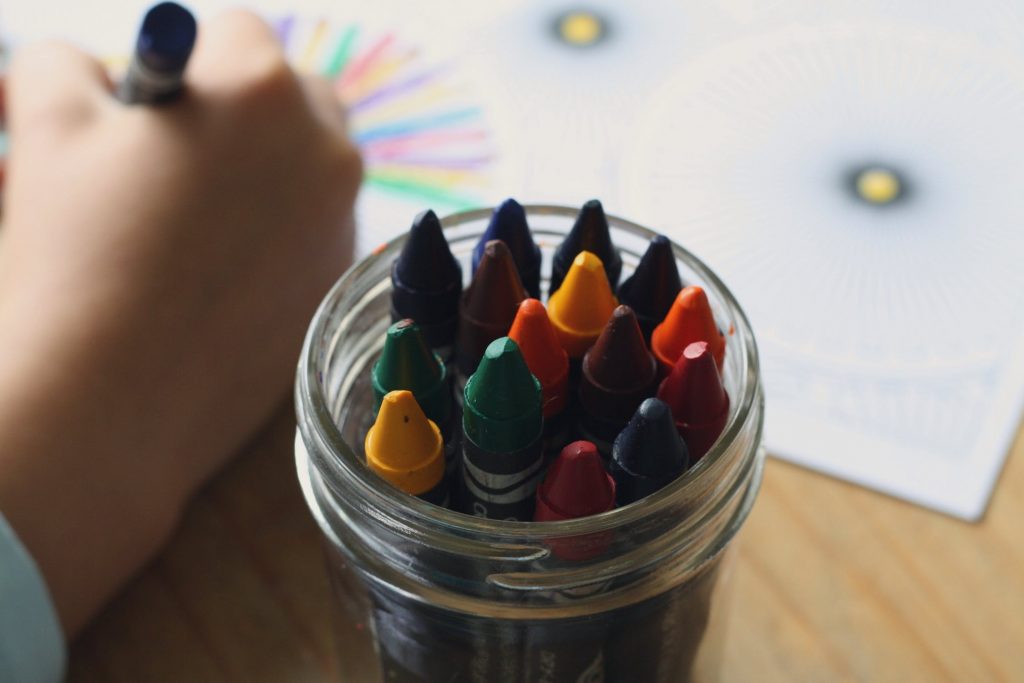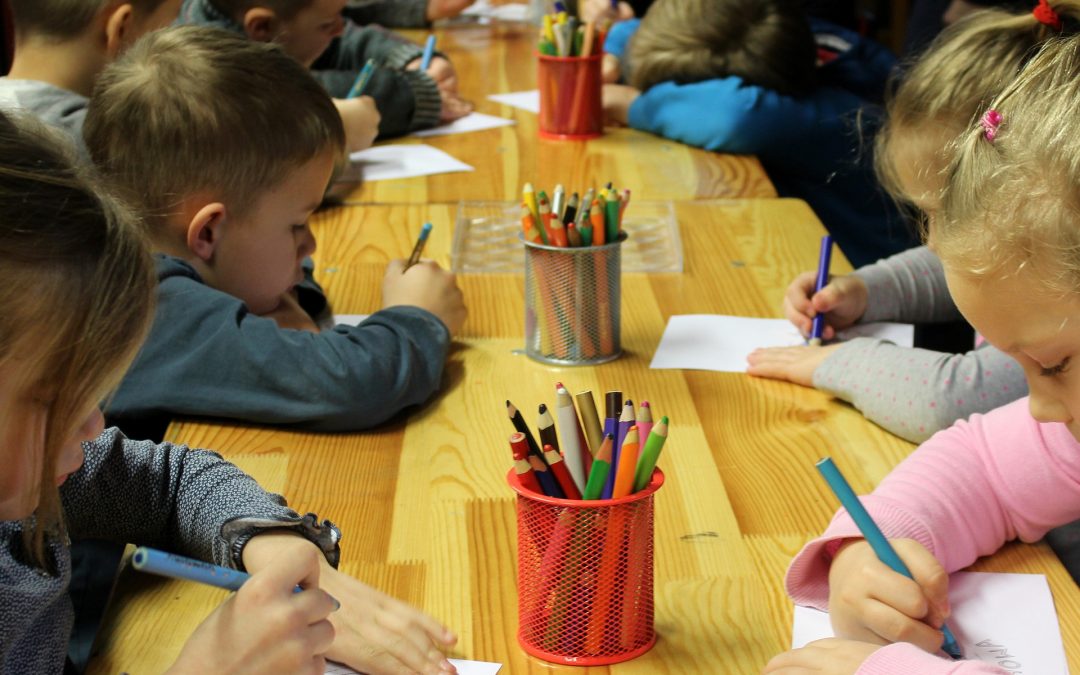Life is tough and sometimes things seem out of our control, where the only power that we have is the power over our emotions. That is not so easy for our youth, but providing them with a few tricks can help them to feel calm, empowered, and in control of their emotions. Here are a few breathing exercises to calm children of all ages, and put a smile back on their face.
The single most powerful thing that we can do at any given time is to work to control our breath through diaphragmatic breathing. If I had a dollar for every time I had a student tell me, “I breathe all the time, it has not worked for me yet”, I could buy myself a snazzy dinner on the town.
Here is the thing, concentrating on our breath does a few things simultaneously:
- It activates our parasympathetic nervous system. This is necessary to disengage from the sympathetic nervous system when we are under stress, anxiety, or even when feeling panicked.
- It allows our minds to slow down for a moment. Breathing exercises will allow our minds to stop overthinking about the current moment (somewhat similar to the effects of meditation, which can be challenging for some).
- If we can begin to slow our rate of breath, and in turn our heart rate, and racing thoughts….we are much more equipped to think clearly. When we are in a state of panic, rational through goes out the window and problem solving, or considering the big picture in a situation is all but impossible. This is the moment when children tend to act impulsively and get themselves into trouble in-home or at school.
The Basics-When we are anxious or stressed we tend to breathe through our chest, which has been shown to not only decrease the amount of oxygen to the brain but increases stress and anxiety. Diaphragmatic breath, also called belly breathing or breathing fully into your diaphragm, is the first thing taught in meditation or yoga and has been shown to increase relaxation and slow rate of breath along with blood pressure.
Teaching children of any age specific breathing exercises is relatively easy but needs to be repeated for it to become a habit. Dependent on your child’s age and weight, find an object to place on the belly. An adult would look to use a 10lb bag of rice or something similar, and a 1st or second grader possibly a book. Find something suitable for the size and age of the individual. Caretaker, you may want to practice this yourself before you teach it. Lie on your back in a comfortable position. A small pillow under your head and rolled up towel or blanket under your knees may help you to get comfortable. Place the weight on your abdomen. Begin to breathe, focusing on pushing the item up as you inhale, and letting it sink back down as you exhale. Both the in and out breathe should be through your nose, not your mouth. The key is slow, even breathing throughout the practice, just 3-5 minutes to start, and slowly working your way up to longer lengths of time.
Try and practice this periodically throughout the day without the weight on your belly, until it becomes more of a habit. This is the type of breathing that you should be doing throughout your day, especially if you have anxiety. Here are a few additional breathing exercises that can help your child become successful at using their breath to find calm and be centered. These can be used for children in Kindergarten through 8th grade.
Rainbow, or color breathing– This works especially well for the littles, but can be beneficial for everyone. Have them pick a favorite color, close their eyes and begin to breathe in a rainbow pattern, up and around and back down to the other end (just like a rainbow shape). Breathing in that color in their mind, or a favorite item of that color to the top of the rainbow’s bend, then exhale back to the other side and repeat. This takes the focus away from their current state to focus on the color, and works wonders for a child that cannot simply ‘breathe’. (You can find alternate variations of this technique on the Internet, creator unknown)
Following shapes-For this exercise, I recommend using a triangle or a square drawn on a piece of paper (having a clear path for inhalation and exhalation). Having a child follow the path of shape with their finger, a crayon, or a marker while focusing on their breath can be a very soothing experience. Really….it could be any shape or image that a child loves!

Blowing bubbles, squeezing Play-doh or slime. Having a child focusing only on that and deep breaths can help, much like a fidget spinner. The sensory play while breathing can help quickly to calm an irritated or anxious child.
These are just three examples of breathing exercises for all ages. Simply telling a child to practice slower breathing will not be as effective otherwise, or my least favorite statement to make to a child, ‘focus’. More on that in my article on focus here. I have used this skill without the belly practice in my small classrooms with great success. When we can not lay on the floor, I have them place one hand on their belly to practice.
These breathing exercises for children are but one small step in stretching the skills of our youth for their own emotional wellness.
Like so many practices in life, I encourage you to become educated on the proper use of essential oils. When using them, please do so cautiously, understanding that there is often misinformation on the internet. You can be assured that I support only educated and proven resources. While essential oils should not be feared they should be respected and used properly to ensure the safety of the individuals using them.
Please note that I am not a medical practitioner. The content of this website is provided for general informational purposes only and is not intended as, nor should it be considered a substitute for, professional medical advice. Do not use the information on this website for diagnosing or treating any medical or health condition. If you have or suspect you have a medical problem, promptly contact your professional healthcare provider. By using this website, you assume full responsibility and liability for your own actions.




